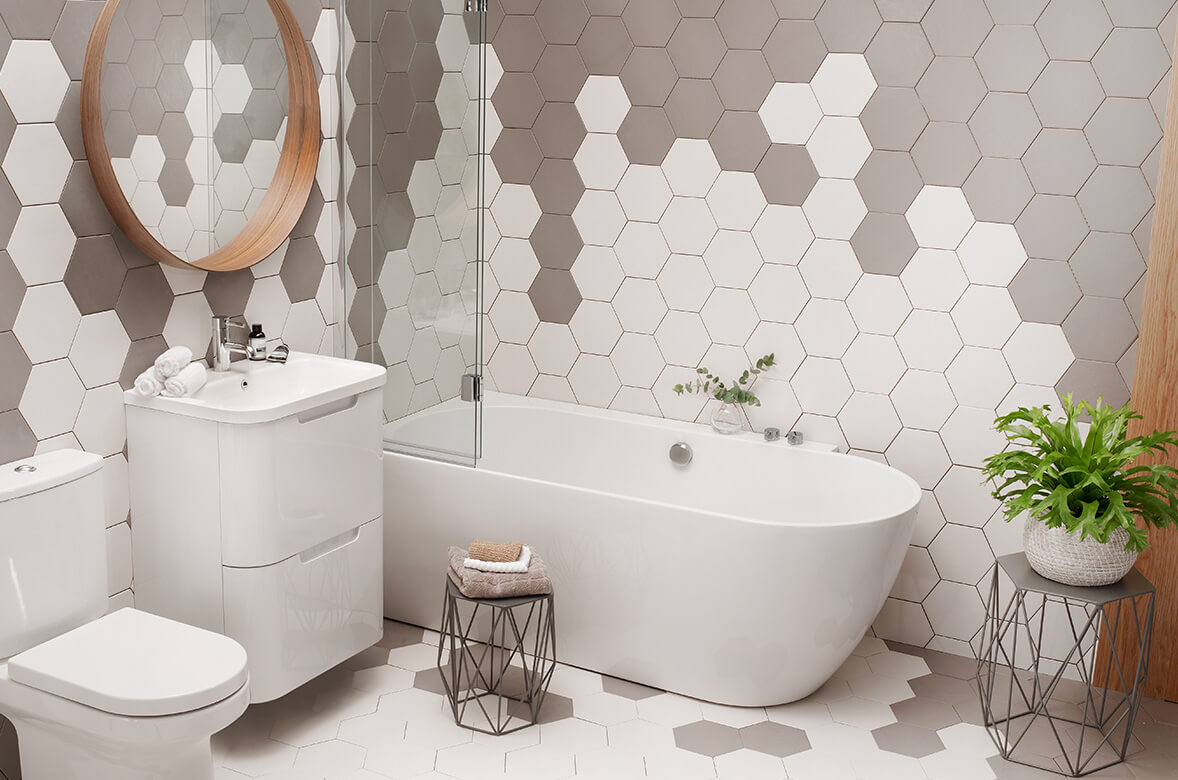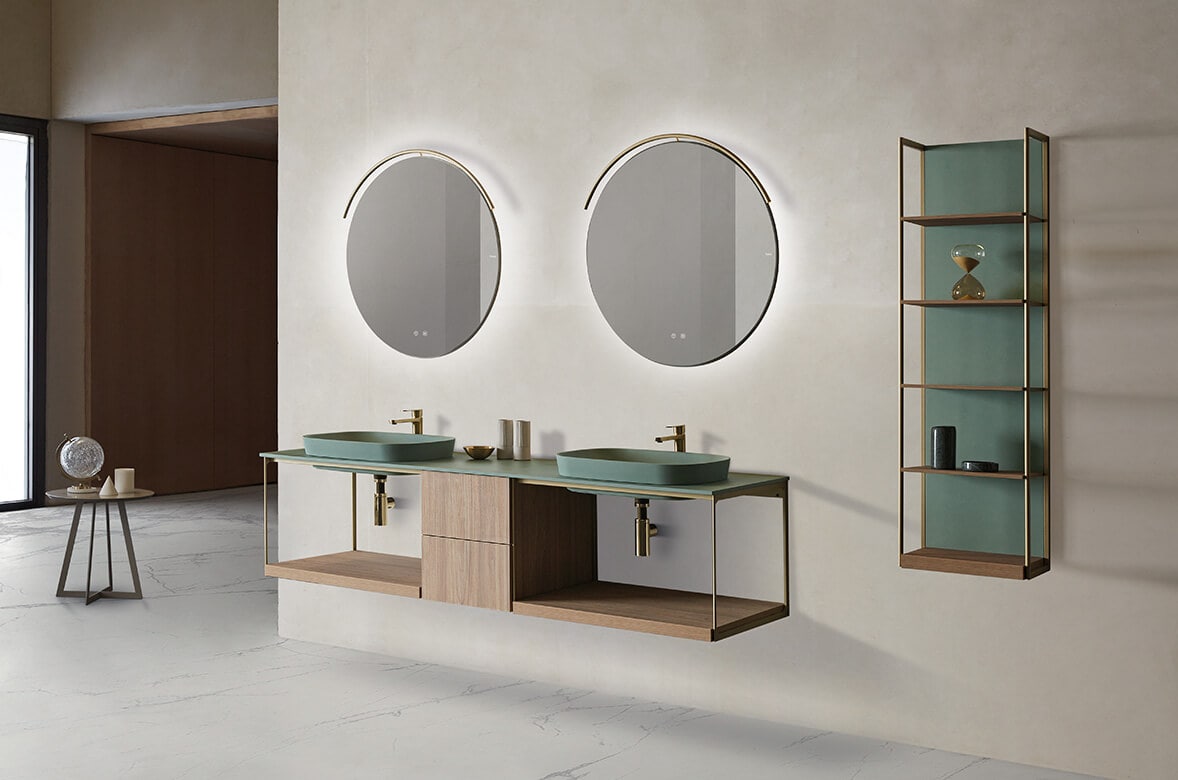What Are the Key Differences Between Traditional and Contemporary Bathroom Designs in London?
In many cases, finding the perfect bathroom design can seem like something of a minefield – and this is perhaps unsurprising, given the huge array of designs potentially on offer. However, there are plenty of amazing options out there on the market, and as part of this, considering the differences between traditional and contemporary bathroom designs in London can be important. Luckily, our experts here at Hugo Oliver are on hand to help you understand these differences; in turn, this should help you pick the right design for your needs, too.
 What are the Differences Between Traditional and Contemporary Bathroom Designs?
What are the Differences Between Traditional and Contemporary Bathroom Designs?
When it comes to your bathroom, choosing the right style isn’t necessarily easy – and, as part of this, choosing between traditional and contemporary bathroom designs is crucial. These represent two very distinct approaches to styling and functionality, each with unique characteristics and aesthetics. As such, understanding the differences between the two can help you determine which style best suits your preferences and needs.
Traditional Bathroom Designs
Generally speaking, traditional bathroom designs are characterised by a timeless and elegant aesthetic, often inspired by classic architecture and design elements. In line with this thought, these designs will often feature ornate details, intricate mouldings, and rich finishes, such as polished wood, marble, or brass. These features help evoke a sense of nostalgia and warmth, with vintage-inspired fixtures adding character and charm to the space.
One notable feature of traditional designs is that they often have a very formal layout. For example, traditional bathrooms typically have separate areas for the toilet, shower, and bathtub, and they may also include built-in cabinetry, decorative mirrors, and vanities to enhance the overall aesthetic.
Contemporary Bathroom Designs
Whereas traditional designs follow an ornate style, in many cases, contemporary designs are a little different. In fact, contemporary bathroom designs are often characterised by clean lines, sleek surfaces, and minimalist aesthetics. In addition, they often feature simple geometric shapes, smooth finishes, and a focus on functionality and practicality.
Of course, no contemporary bathrooms would be finished without showcasing a wide range of modern fixtures and amenities, such as wall-mounted faucets, floating vanities, and frameless glass shower enclosures. These streamlined features create a sense of openness and spaciousness in the room.
While contemporary bathrooms often lean towards a minimalist aesthetic, that’s not to say they are overly simple; often, these styles may incorporate bold accents or pops of colour to create visual interest and personality within the space – perfect to tie in with the rest of the property’s style, design, and look.
In short, both traditional and contemporary bathroom designs offer distinct styles and aesthetics, catering to different tastes and preferences. Traditional designs exude timeless elegance and vintage charm, whereas contemporary designs embrace sleek simplicity and modern sophistication.

Find Your Perfect Bathroom Design Today
Designing a new bathroom isn’t always easy; however, partnering with an expert team, such as ours here at Hugo Oliver, can make all the difference. So, begin your search for the perfect new bathroom today with help from our experts; we’ll be here to help you pick the bathroom design that works best for your needs.
The post What Are the Key Differences Between Traditional and Contemporary Bathroom Designs in London? appeared first on Hugo Oliver.
hugooliver.com










